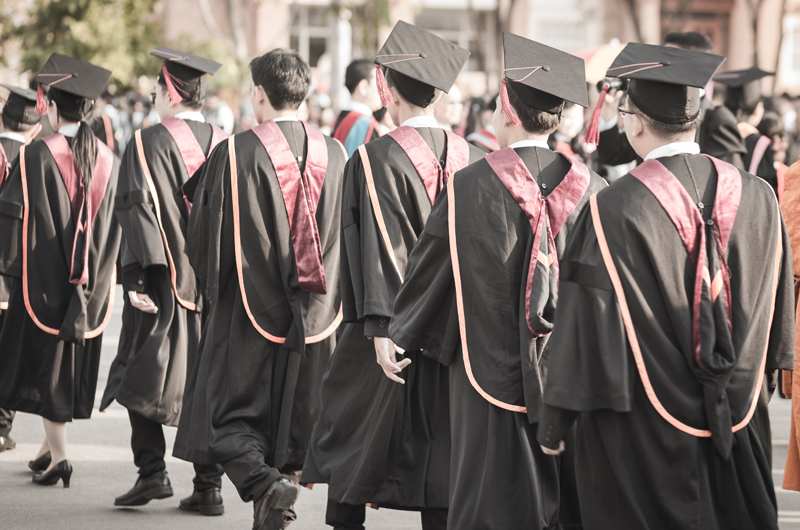Summary: A study by a law professor and a doctoral candidate at the University of California—Berkeley used the number of times a professor was cited to determine that professor’s quality.
There are many lists of the best law schools and law professors, created by various sources. For example, last year the Huffington Post released a list of the schools with the best law professors. Every year, U.S. News and World Report releases a list of the best law schools in the United States. Additionally, according to Ricochet.com, John Yoo, a professor at the University of California Berkeley School of Law, and James Cleith Phillips, a Ph.D student at Berkeley, set out to determine a way to establish the quality of professors. In the abstract of the paper, “The Cite Stuff: Inventing a Better Law Faculty Relevance Measure,” the pair explain that they decided to use the number of times a professor had been cited to rank the quality of the professor. They argue that a professor’s citations are not only a bragging right for the professor, but also “help form the reputation of American legal scholars to the point that they have allegedly influenced faculty hiring decisions, and their collective impact may well shape the ranking of law schools themselves.”
Read about the ten schools with the best law professors here.
Yoo admits that determining quality by the number of citations has been a controversial method of doing so, but explains that it is, of course, much more objective than opinions of individuals in the legal community.
Click on the image below to view the Top 50 Law School Professors for Relevance, based on the number of citations they receive per year:
The study was limited to full-time tenure-track faculty who were not clinical faculty during the 2011-2012 school year at the U.S. News and World Report’s top 16 law schools. The data was also compared to previous data that was obtained using the Leiter method, the first step of which is to search for an author’s name on the Westlaw Journals and Law Reviews database. Next, the first and last ten citations are examined, the “legitimate” ones are determined, and this percentage is then multiplied by the total number of citations to provide a raw value. The authors argue that this is not a random sample, and that the sample size is too small.
A professor from the Maurer School of Law was named the most influential person in legal education.
In the present study, Yoo and Phillips looks at the raw citation counts for each professor in the Journals and Law Review database. Once these were calculated, all of the citations for the faculty were added up and divided by number of years of experience. This minimized bias against young professors.
Additionally, the authors used non-law publications in the number of citations, and used the data to improve the ability of Leiter Scores to predict the U.S. News and World Report rankings.
The study, located at the Social Science Research Network, lists its various findings in a series of easy to understand graphs and charts.
Sources: Social Science Research Network and Ricochet
Photo credit: thedartmouth.com, thenation.com (Yoo), Social Science Research Network (graphs)













































